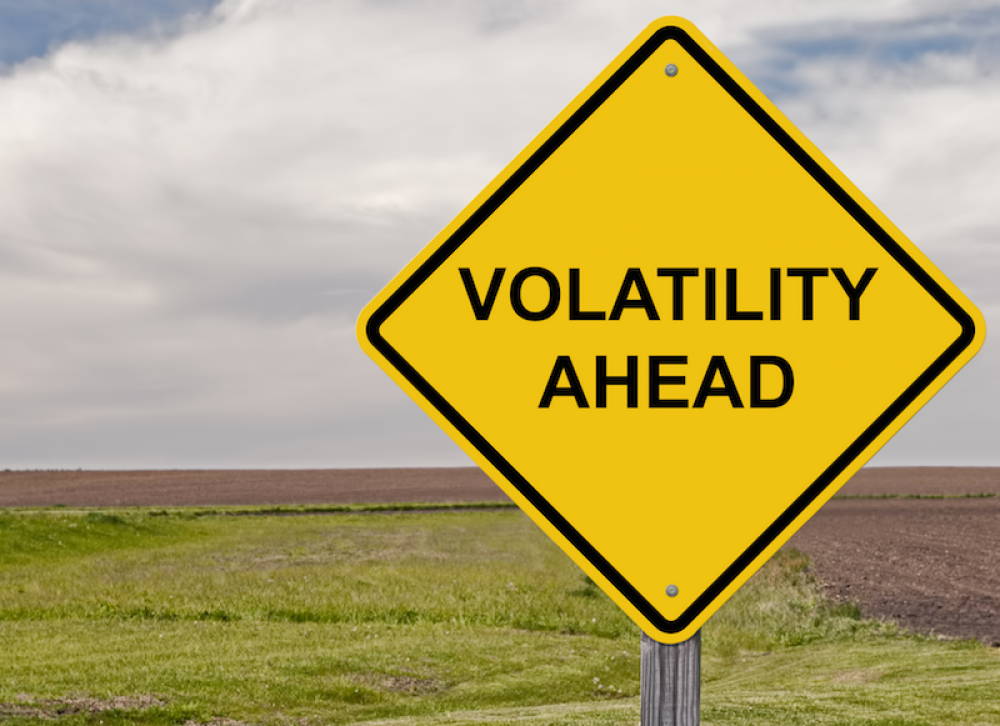“If you're ignoring volatility, you may only have yourself to blame for negative surprises.” ~ John Summa - http://investopedia.com
The day I learned to pay attention to volatility was the day I started to be consistently profitable in options trading. Most options traders start out trading stocks and they learn that if a stock is associated with good news its value often increases, whereas bad news sends a stock down. It’s that simple. The problem is that new options traders tend to think in the same terms, but options are different.
A trader who thinks a stock is going to go up might use options to place a leveraged bet rather than buy the stock directly—which could be a mistake because an underlying stock might go up in value while the corresponding option goes down in value. What’s happening? Volatility is contracting, that’s what. That is, the premium in the option is reducing in value. As a new options trader this phenomenon is maddening. How could your call option go down in value when the underlying stock is going up in value?
What Is Volatility?
Simply put volatility is a measurement of how expensive it is to buy an option. Of course the conventional definition is different, but this is the best way to think about it. To dive deeper into what volatility is read Option Volatility: Introduction by John Summa.
In my example where the call option is losing value while the underlying stock is increasing in value, volatility is dropping. The premium is dropping faster than the underlying stock is moving up, which causes the option price to lose value. A good example of this situation is after an earning announcement by a company. An option might have high volatility because the market is preparing for the announcement. Under such circumstances people are willing to pay a premium to be involved before an announcement they expect to be big. Once the announcement has been made investors have no reason to pay a premium to own the option. That is, volatility is high before the announcement because of uncertainty and lower after that uncertainty has been resolved.
How Do You Profit From Volatility?
Being aware of volatility is the most important factor when trading options. If you buy a call option because you think a stock is going to go up, you want volatility to be as low as possible because you will profit if volatility increases or if the stock goes up in value—meaning that two market forces have the potential to be in your favor.
The trades I talk most about (and share on twitter) are put credit spreads. When you place a put credit spread the speed it takes for the trade to profit is based on volatility. If you open a trade when volatility is high and it subsequently decreases, you often carry the trade for 15 days. Conversely, if you open a trade when volatility is low you might have to carry the trade for 30 or more days. With put credit spreads volatility can be used to reduce risk in a trade because the longer a trade is on the more chances you have to lose money.
Volatility is the single most important measurement when trading options. Make it your bitch—or it will own you.



